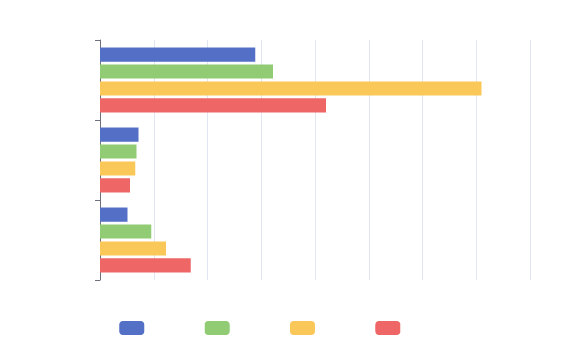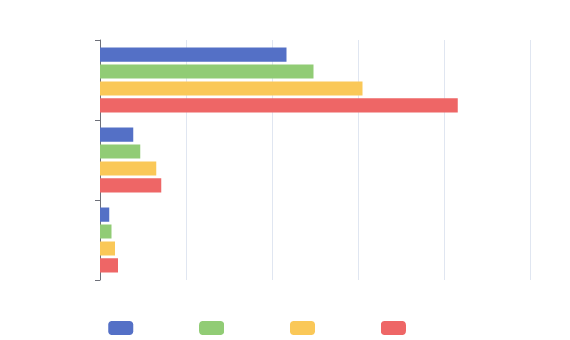6 releases
| 0.2.1 | Nov 20, 2024 |
|---|---|
| 0.2.0 | Nov 10, 2024 |
| 0.1.1 | Nov 5, 2024 |
| 0.1.0 | Nov 2, 2024 |
#666 in Concurrency
39 downloads per month
38KB
686 lines
chute

An mpmc[^mpmc]/spmc[^spmc] lock-free broadcast[^broadcast] queue.
[^mpmc]: Multi-producer multi-consumer.
[^spmc]: Single-producer multi-consumer.
[^broadcast]: Also known as a multicast queue. Each consumer gets every message sent to queue, from the moment of subscription.
- Lock-free consumers without overhead[^lockfree_overhead].
- Mpmc lock-free producers, which write simultaneously.
- Spmc ordered. Mpmc ordered within writer messages[^mpsc_order].
- Unbounded dynamic size.
- Shared queue. All readers and writers use the same queue, without duplications.
- No clones! Messages are not cloned on return, so
Cloneis not required.
Blazingly fast reads. The consumer basically reads a plain slice of data, then does an atomic read that will define the next slice.
[^lockfree_overhead]: In compare to traditional lock techniques with Mutex.
[^mpsc_order]: This means that each message written by writer, will be in the same order against each other. But between them, messages from other threads may appear. If write calls will be synchronized - all messages will be ordered by that "synchronization order".
Example
Write from multiple threads, read from multiple threads:
const WRITERS : usize = 4;
const WRITER_MESSAGES : usize = 100;
const MESSAGES : usize = WRITERS*WRITER_MESSAGES;
const READERS : usize = 4;
let queue = chute::mpmc::Queue::new();
std::thread::scope(|s| {
// READ threads
for _ in 0..READERS {
let mut reader = queue.reader();
s.spawn(move || {
let mut sum = 0;
for _ in 0..MESSAGES {
// Since this is a queue, not a channel -
// we just spin around next().
let msg = loop {
if let Some(msg) = reader.next() {
break msg;
}
};
sum += msg;
}
assert_eq!(sum, (0..MESSAGES).sum());
});
}
// WRITE threads
for t in 0..WRITERS {
let mut writer = queue.writer();
s.spawn(move || {
for i in 0..WRITER_MESSAGES {
writer.push(t*WRITER_MESSAGES + i);
}
});
}
});
See examples.
Benchmarks
Intel i4771 (3.5Ghz 4C/8T), DDR3 1600Mhz, Windows 10. See benchmarks sub-project.




Benchmarks compare with a channels since chute can be used +/- as a channel, by spinning on the reader side.
P.S. Suggestions on benchmark candidates are welcomed!
How it works
Chute is the next iteration of rc_event_queue. The key difference is true lockless mpmc writers.
Test coverage
Library covered with fuzzy and miri tests.
Known limitations
-
Currently, there is no way to "disconnect" slow reading reader from the writer side. The queue can grow indefinitely if at least one of the readers consumes slower than writers fill it.
-
All blocks have the same size now. This is likely to change in future - it will probably work the same way as in rc_event_queue.
